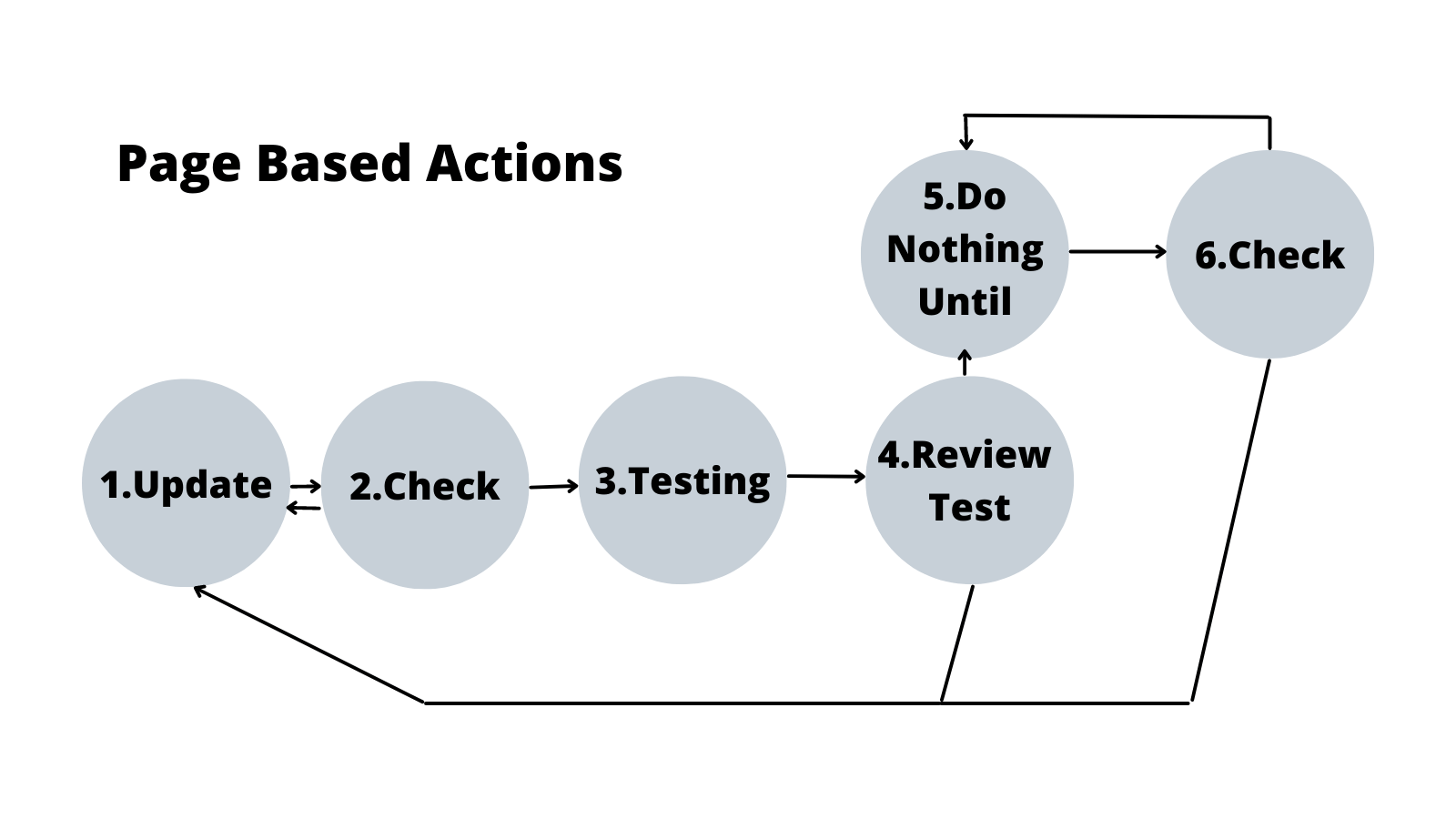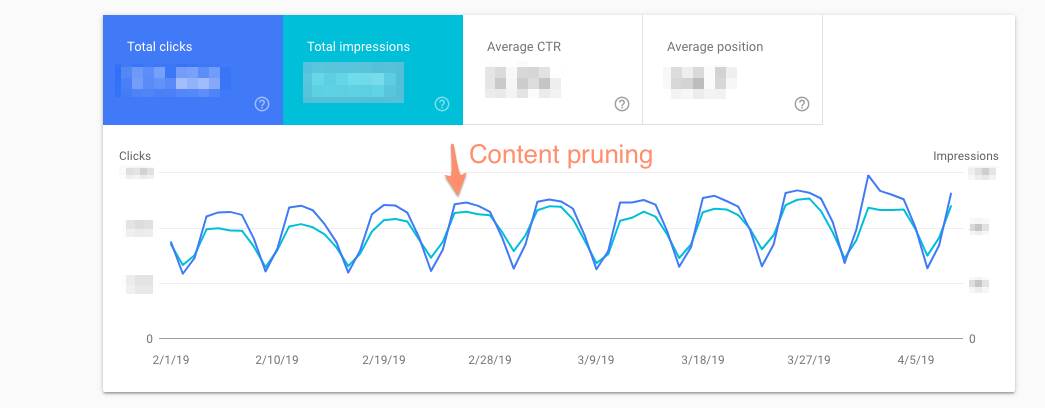
Introduction
In the ever-evolving world of SEO, content is king. But not all content is created equal. As websites grow, they often accumulate pages that no longer serve their purpose—whether due to outdated information, poor performance, or irrelevant topics. This is where content pruning comes in.
Content pruning is the process of removing or updating underperforming pages on a website to improve overall quality, user experience, and search engine visibility. It’s akin to trimming a tree to ensure it grows stronger and healthier. In this article, we’ll explore what content pruning is, why it matters, and how to implement it effectively.
By the end of this guide, you’ll understand the importance of content pruning in your SEO strategy, learn actionable steps to identify and act on low-performing pages, and discover how this practice can boost your site’s rankings, engagement, and conversions.
What Is Content Pruning and Why It Matters
Content pruning is the strategic removal or revision of web pages that no longer add value to your audience or contribute positively to your SEO efforts. These pages may include:
- Outdated blog posts
- Thin or duplicate content
- Pages with little to no traffic
- Pages that don’t align with current business goals
Just like a garden needs regular maintenance to thrive, your website requires periodic pruning to stay healthy and relevant. Search engines like Google prioritize high-quality, up-to-date content, and content pruning helps ensure your site meets these standards.
The Impact of Content Pruning on SEO
Pruning your content has several key benefits for your SEO strategy:
- Improved Rankings: Removing outdated or low-quality pages helps search engines focus on your most valuable content, which can lead to higher rankings.
- Enhanced Crawl Budget: Search engines have limited resources to crawl your site. By eliminating low-performing pages, you help them focus on pages that matter most.
- Reduced Cannibalization: When multiple pages target the same keywords, they compete against each other, diluting your SEO efforts. Pruning helps avoid this.
- Better User Experience: Visitors are more likely to engage with content that is accurate, relevant, and up-to-date.
- Increased Conversions: High-quality, well-structured content can drive more traffic and lead to better conversion rates.
With these advantages in mind, it’s clear that content pruning is not just a technical task—it’s a critical component of any successful SEO strategy.
How Content Pruning Impacts SEO Performance
Content pruning directly affects several key SEO metrics, including:
- Traffic: By focusing on high-quality content, you increase the likelihood of attracting organic traffic from search engines.
- Engagement: Users are more likely to stay on your site if the content is relevant and valuable.
- Dwell Time: Higher-quality content keeps users engaged longer, signaling to search engines that your site provides real value.
- Conversions: Well-optimized, user-focused content can lead to more sign-ups, purchases, or other desired actions.
Additionally, content pruning supports E-E-A-T (Experience, Expertise, Authoritativeness, Trustworthiness), which is a key factor in Google’s ranking algorithm. By ensuring your content is accurate, up-to-date, and trustworthy, you build credibility with both users and search engines.
For example, if your site has outdated product guides or broken links, it can hurt your trust score. Pruning such content helps maintain a strong E-E-A-T profile.
Step-by-Step Implementation Framework
To effectively implement content pruning, follow this structured approach:
1. Define or Audit the Current Situation
Start by conducting a comprehensive content audit. Use tools like Google Analytics, Google Search Console, and Ahrefs to gather data on your existing content. Identify pages with:
- Low traffic
- High bounce rates
- Thin or duplicate content
- Outdated information
- No backlinks
This step will help you understand which pages need attention.
2. Apply Tools, Methods, or Tactics
Use the following tools and techniques to streamline the pruning process:
- Google Search Console: Identify pages with crawl errors, indexing issues, or low performance.
- Ahrefs: Analyze keyword cannibalization and content gaps.
- Screaming Frog: Crawl your site to find broken links, thin content, and other issues.
- SEMrush: Track keyword rankings and content performance.
These tools provide insights that help you make informed decisions about which pages to update, merge, or remove.
3. Measure, Analyze, and Optimize
After identifying low-performing pages, take action based on your findings:
- Update: Revise outdated content with new information, statistics, or improved formatting.
- Merge: Combine similar pages to eliminate duplication and consolidate link equity.
- Remove: Delete pages that provide no value or harm your SEO.
- Redirect: Use 301 redirects to preserve traffic and authority when removing or merging pages.
Track the results of your pruning efforts using analytics tools to measure improvements in traffic, engagement, and rankings.
Real or Hypothetical Case Study
Let’s look at a hypothetical case study to illustrate the impact of content pruning:
Scenario: An e-commerce site has multiple pages targeting the same product category. Each page has similar content, leading to keyword cannibalization and poor rankings.
Action Taken: The team conducted a content audit, identified the top-performing page, and merged the others into one. They updated the content with fresh information, optimized meta tags, and set up 301 redirects.
Results: After implementation, the site saw a 65% increase in organic traffic, a 40% improvement in dwell time, and a 25% rise in conversion rates.
This example highlights how content pruning can transform underperforming pages into high-value assets that drive real business results.
Tools and Techniques for Content Pruning
Here are some of the most effective tools for content pruning:
- Google Search Console: Helps identify crawl errors, indexing issues, and low-performing pages.
- Ahrefs: Provides insights into keyword performance, backlink profiles, and content gaps.
- SEMrush: Offers competitive analysis, keyword tracking, and content optimization features.
- Screaming Frog: Crawls your site to detect broken links, thin content, and technical SEO issues.
- Ubersuggest: A free tool for keyword research, content analysis, and competitor benchmarking.
- Grammarly: Helps improve content quality by checking for grammar, clarity, and readability.
Using these tools, you can efficiently identify, analyze, and act on underperforming content to enhance your SEO strategy.
Future Trends and AI Implications
As AI continues to shape the future of search, content pruning will become even more critical. With the rise of Search Generative Experience (SGE) and AI-powered search, users expect faster, more accurate, and more personalized results.
AI algorithms favor high-quality, relevant content that answers user queries effectively. This means that sites with well-maintained, up-to-date content will be rewarded with better visibility and engagement.
To stay ahead, focus on:
- Creating evergreen content that remains relevant over time.
- Using semantic SEO to align with AI-driven search intent.
- Regularly auditing and updating your content to meet evolving user needs.
By embracing these trends, you can ensure your site remains competitive in an AI-first search landscape.
Key Takeaways
- Content pruning is the process of removing or updating underperforming pages to improve SEO and user experience.
- It helps boost rankings, enhance crawl budget, and reduce keyword cannibalization.
- Use tools like Google Search Console, Ahrefs, and SEMrush to identify and act on low-performing content.
- Implement a step-by-step approach to audit, analyze, and optimize your content.
- Stay ahead of AI-driven search trends by creating high-quality, evergreen content.
Ready to revamp your website? Start with a content audit today and see the difference that pruning can make.
Meta Title: Content Pruning — Removes or Updates Underperforming Pages
Meta Description: Learn how content pruning improves SEO, user experience, and rankings by removing outdated or low-quality pages.
SEO Tags: content pruning, SEO strategy, website optimization, content audit, digital marketing
Internal Link Suggestions:
– [Parameter #1: Search Intent Alignment]
– [Parameter #9: Content Gap Filling]
– [Parameter #13: Evergreen & Fresh Balance]
External Source Suggestions:
– Google Search Console
– Ahrefs
– SEMrush








